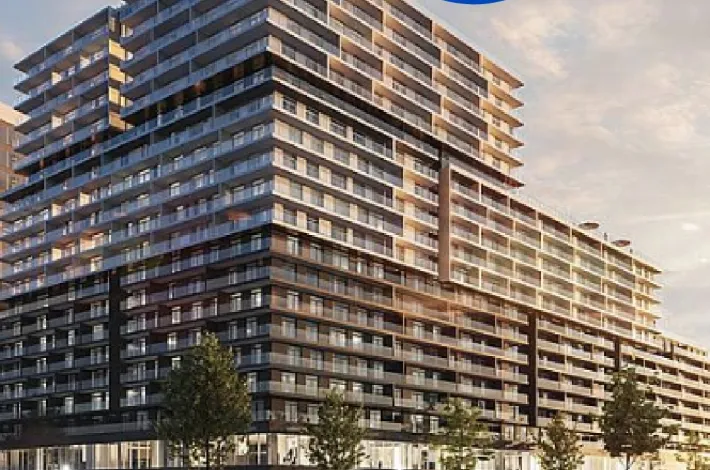
The Maslow energy efficiency pyramid: A winning approach to successful energy efficiency projects
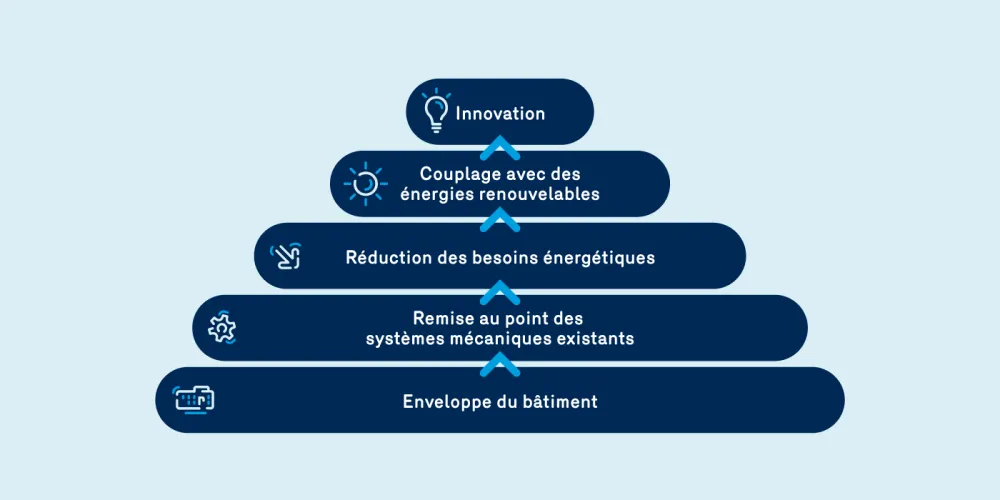
Consuming better and less is good. But how do you put this fundamental principle of energy efficiency into practice to maximize its benefits? By leveraging the Maslow energy efficiency pyramid, a concept developed by Sami Maksoud, a senior engineer and advisor at Énergir.
A logical and holistic approach
Inspired by Maslow’s original pyramid, which prioritizes human needs, the Maslow energy efficiency pyramid consists of five levels that represent steps in a logical path toward optimizing energy efficiency. Implementing these steps will ensure the best possible outcome, regardless of a project’s size or timeline.
1. The building envelope
The first level consists of reducing air and energy leaks in your building. For example, replacing the roof or windows, or improving insulation within the walls will help minimize energy loss and reduce heating needs. These actions can be easily integrated into an energy efficiency project.
2. Recommissioning existing mechanical systems
Recommissioning mechanical systems requires continuous improvement. Even if your building seems to be operating as it should, this measure aims to identify systems that are not performing optimally and correct any deficiencies. Recommissioning helps optimize energy performance while reducing costs and greenhouse gas (GHG) emissions.
3. Reducing energy needs
At this stage, an energy balance should be performed to identify possible improvements (such as converting a water cooling tower system into a closed loop system to recover energy). Reducing energy needs can also be achieved through the purchase of new, efficient equipment when existing equipment cannot be optimized by recommissioning.
4. Linking with renewable energies
Quebec has significant solar potential, because it is radiation, not temperature, that generates heat.[1] Efficient solar thermal technologies are available to help you take advantage of this energy source. They require little maintenance and provide considerable savings. Solar preheating is a great example. It preheats air or water using thermal collectors that are installed on a roof or on the façade of a building. The result is lower energy bills and a reduction in GHG emissions.
Renewable natural gas (RNG) also offers potential savings and reduces GHGs that are particularly high. And because RNG is completely interchangeable with conventional natural gas, customers who are already sourcing natural gas don’t have to replace their equipment to take advantage of this renewable energy source.
Also, if each level of the energy efficiency pyramid has been completed successfully, every m3 of RNG consumed has significant environmental benefits and may offer attractive economic benefits over other renewable energies.
5. Innovation
As the fifth and final level in our pyramid, innovation represents the peak of an energy efficiency approach. It consists of designing and developing an energy innovation with high potential for energy savings and commercialization, like the ESA heat exchanger discussed in this case study.
Building on a solid foundation
When it comes to energy efficiency, the popular saying is that the best energy is the one we don’t consume. That is why the Maslow pyramid of energy efficiency is a useful tool for your projects. By using it systematically, you are minimizing energy loss at every step and thus building on a solid foundation.
This concept was first introduced on InformaTECH, our website for engineers, in November 2020. [VV1]
https://informatech.energir.co...
[1] Did you know? Quebec’s average sunshine (total solar radiation) is higher than that of Germany and similar to that of Japan, two world leaders in solar energy.
You may also like...


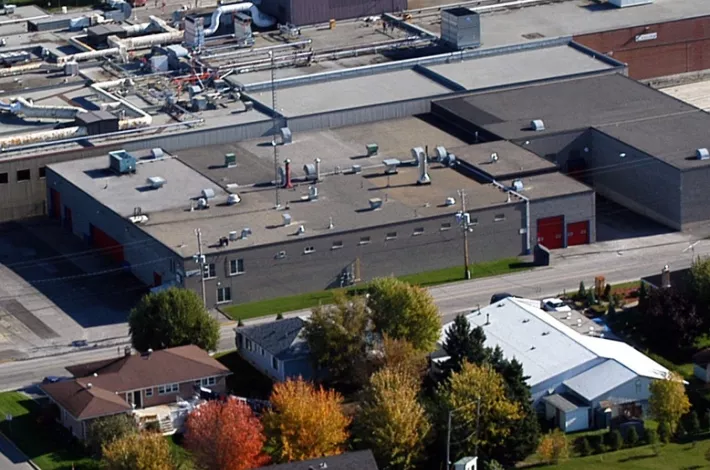
Popular articles

Saving energy while keeping customers comfortable: the winning recipe at Marchés IGA Lambert
See the article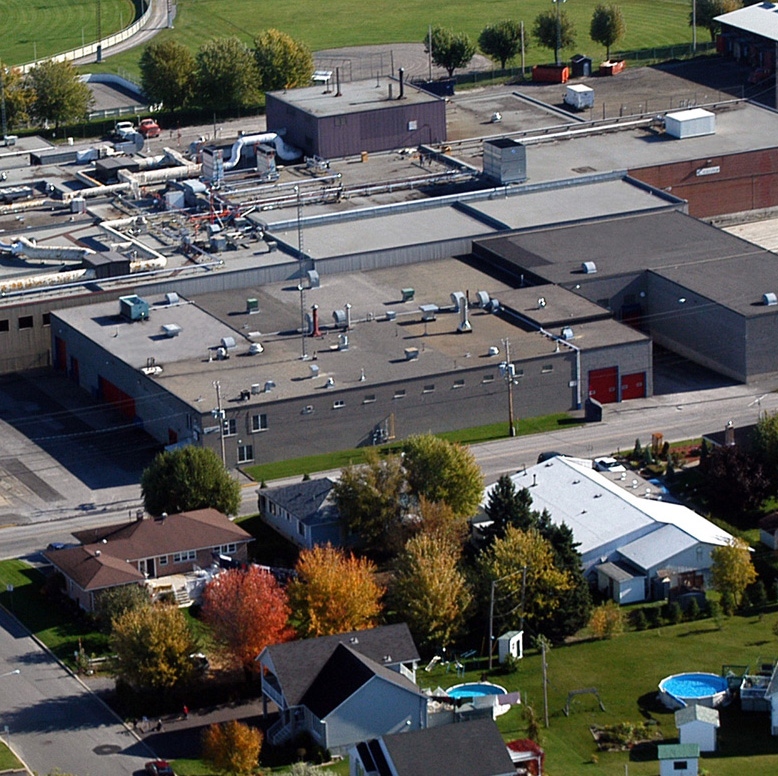
Energy efficiency: a key ingredient to success at the Lassonde plant in Saint-Damase
See the article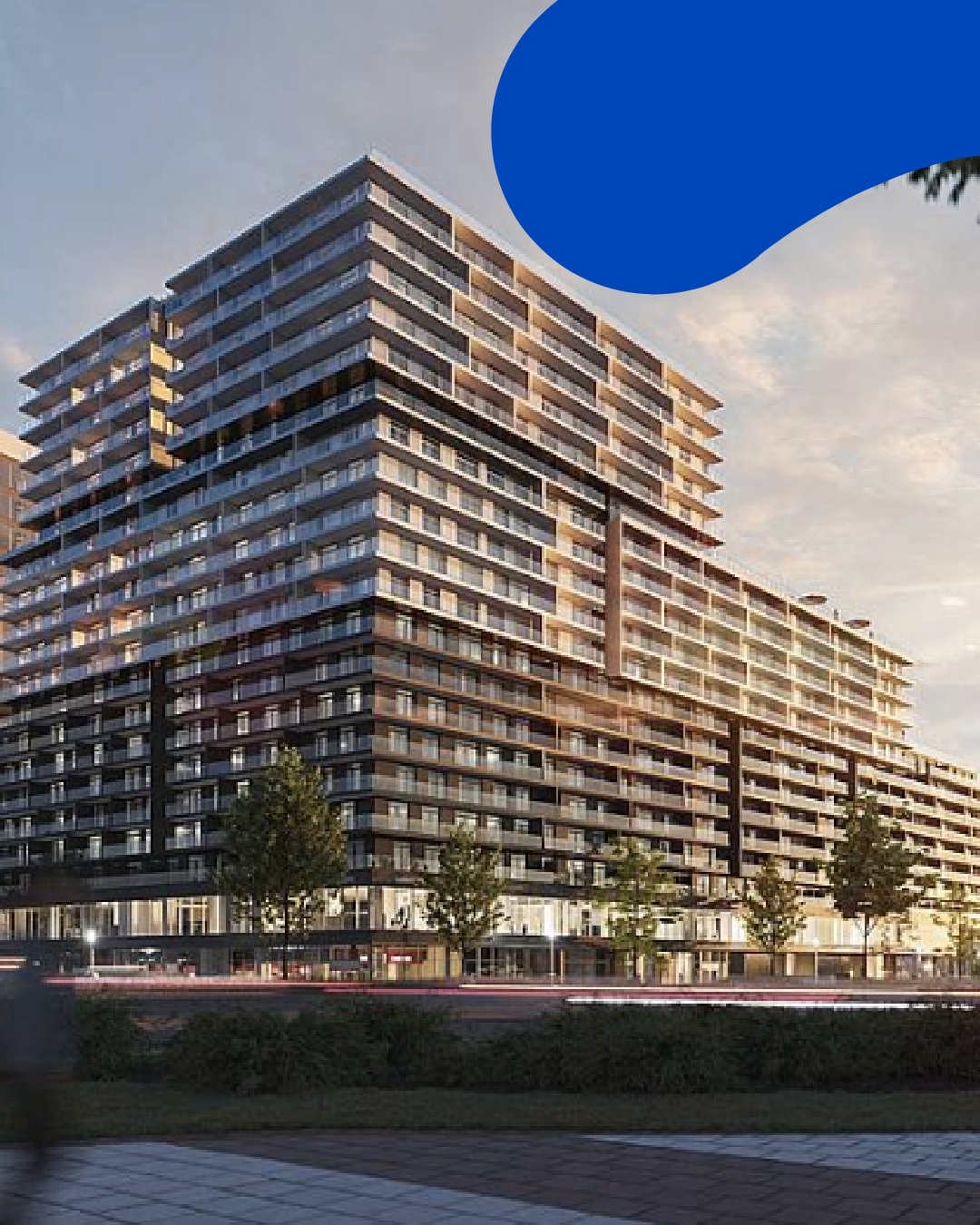
Espace Montmorency, a multi-use complex at the cutting edge of energy efficiency
See the article